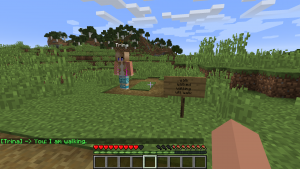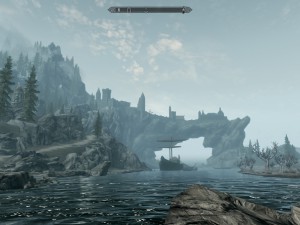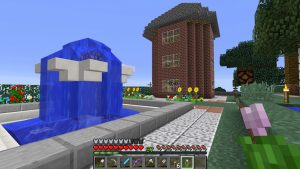Steering Wheel Differences
During my ongoing literature review I often discover interesting facts about things I’ve never thought about. Sometimes I can connect these facts with my own observations: The result is mostly a completely new idea why things are as they are. Maybe these ideas are new to you, too. Therefore I’ll share my new science based knowledge with you!
This week: This time, I think about how my gaming steering wheel provides a better usability than my car’s steering wheel.
This week’s article is based on my very own observations as well as experiences made while driving virtual and real world cars. Currently, it might be the case that I spend more time driving virtual cars in racing simulation games than driving my actual car in reality. As discussed in previous articles, this caused several positive effects such as better car control and reaction times. In addition, my simulated driving experience, due to the similarity of the controls, probably also resulted in a better trained muscle memory of holding the steering wheel and controlling the pedals.
For the purpose of ensuring an ideal car control, my computer steering wheel has all buttons and flappy-paddles, which are used for up- and down-shifting, attached to the rotational part of the wheel. As a result of this, I just need to extend my fingers without moving my hand when I like to activate a particular function, such as switching on the lights or activating the windshield wipers, and just press the designated button. Due to the high amount of time I spend playing racing simulations, I automatically got used to this feature of my steering wheel.
In contrast to my computer steering wheel, my real car’s steering wheel has most of the car-system related controls attached to the non-rotational part of the wheel: the windshield wiper lever is mounted on the right hand side whereas the light control lever is installed on the left hand side. As a result of this, depending on the steering input, I have to move one of my hands in order to reach the correct lever. Normally, this is not so much of a problem as rarely that much of steering input is needed that I can no longer reach the levers.
However, yesterday evening I was driving along my favorite road which is relatively twisty as it features a sequence of several long narrow turns. Driving through them requires more than the usual steering input and, as a result of this, my left hand was no longer near the light control lever I wanted to reach in order to turn off the high beam as an approaching traffic appeared. Being used to the concept of just being required to extend my fingers, I extended my fingers and grabbed into the void … this situation and the realization that my real car’s setup is inferior to my gaming setup immediately made me laugh.
It always amazes me when I directly experience the training effects of computer game simulations that easily allow for a knowledge transfer due to similar demands. However, although the fixed control levers were unpractical in this particular situation as I had both hands on the wheel, having fixed position probably still is superior for the daily use cases of a car that is intended to be driven in a casual way. Moreover, having those car controls at fixed positions can reduce the effects of a sudden confusion in stressful situations. Interestingly, my steering wheel has some buttons directly placed on the wheel that are used for interacting with the board computer or controlling the radio without requiring me to reposition one of my hands…


